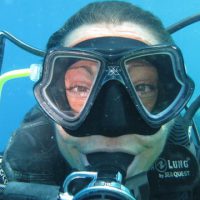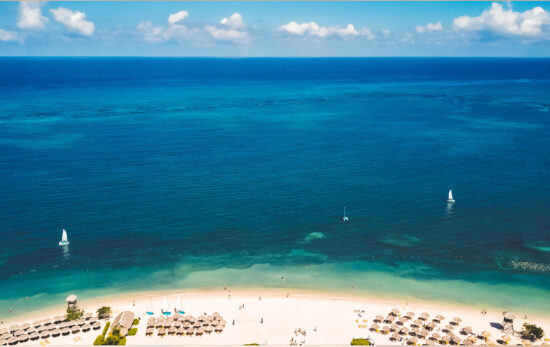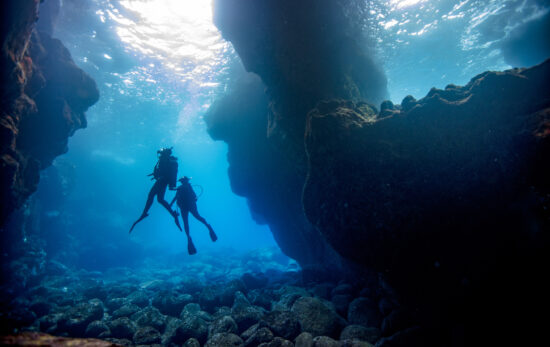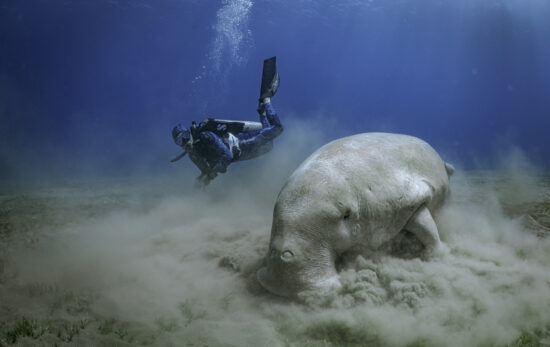Did you know that there are 7 seas and 5 oceans on Earth? The oceans and seas of the world cover close to 71% of the Earth with exposed land making up the rest. The division of oceans and the various ocean names have been a point of contention throughout history and it’s easy to see why. When you look at a map of the world, it seems apparent that there is actually only one ocean – and it’s true. There is only one ocean on planet Earth but different ocean names have been given to the 5 oceans based on geographical, navigational, scientific, and historical reasons.
Initially, historical explorers and geographers recognized the existence of only 4 oceans – the Pacific Ocean, the Atlantic Ocean, the Indian Ocean, and the Arctic Ocean. However, the Antarctic Ocean, also known as the Southern Ocean, has since been added to the list.
The term ‘ocean’ comes from the Latin word “ōkeanos,” which literally translates to the “great stream encircling the earth’s disc.” This was used by the Greeks to describe the single mass of water that they believed surrounded the earth. Ōkeanos was used with contrasting references to the inland waters of the Mediterranean Sea.
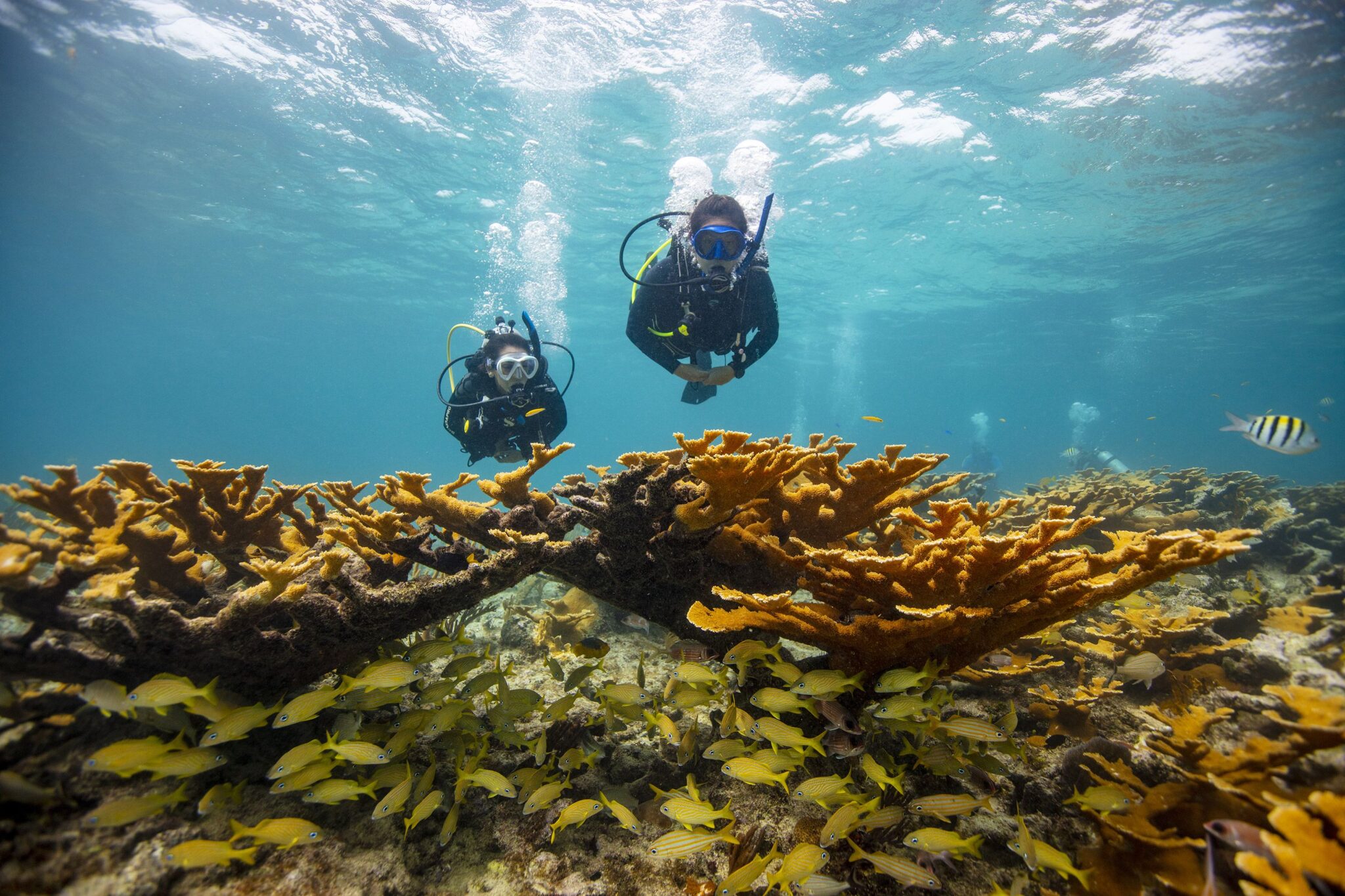
From where do ocean names originate?
Pacific Ocean
The Pacific Ocean is the largest of all oceans and covers over 64 million square miles. The name Pacific comes from the expression “Mar Pacifico,” used by the Portuguese explorer Ferdinand Magellan in 1520 to describe the ocean’s calm waters as he saw it.
Read about diving in the Pacific Ocean here.
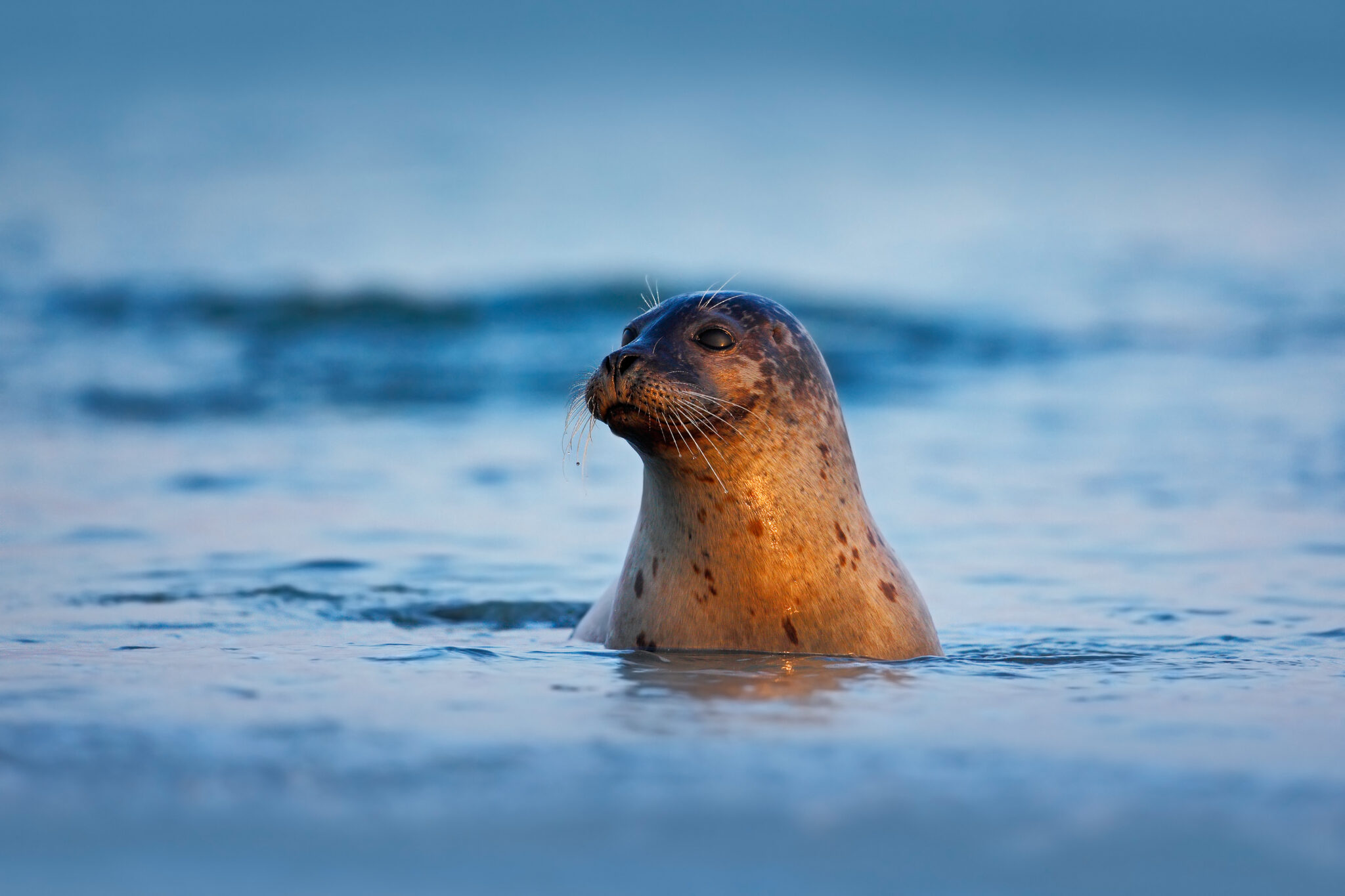
Atlantic Ocean
The second largest ocean on planet Earth is the Atlantic Ocean and it covers only half the area covered by the Pacific, at around a (mere!) 32 million square miles. In Greek mythology, Atlas, who was the son of the Titan Iapetus and Oceanid Asia or Clymene, was ordered by Zeus to uphold the weight of the heavens upon his shoulders as a punishment for eternity. He gets the name Atlas from the Atlas Mountains of north-west Africa and personifies strength and vigour. Why is this story important to ocean names? The name Atlantic is inspired by Atlas and the waters off the west coast of Africa came to be referred to as the Atlantic.
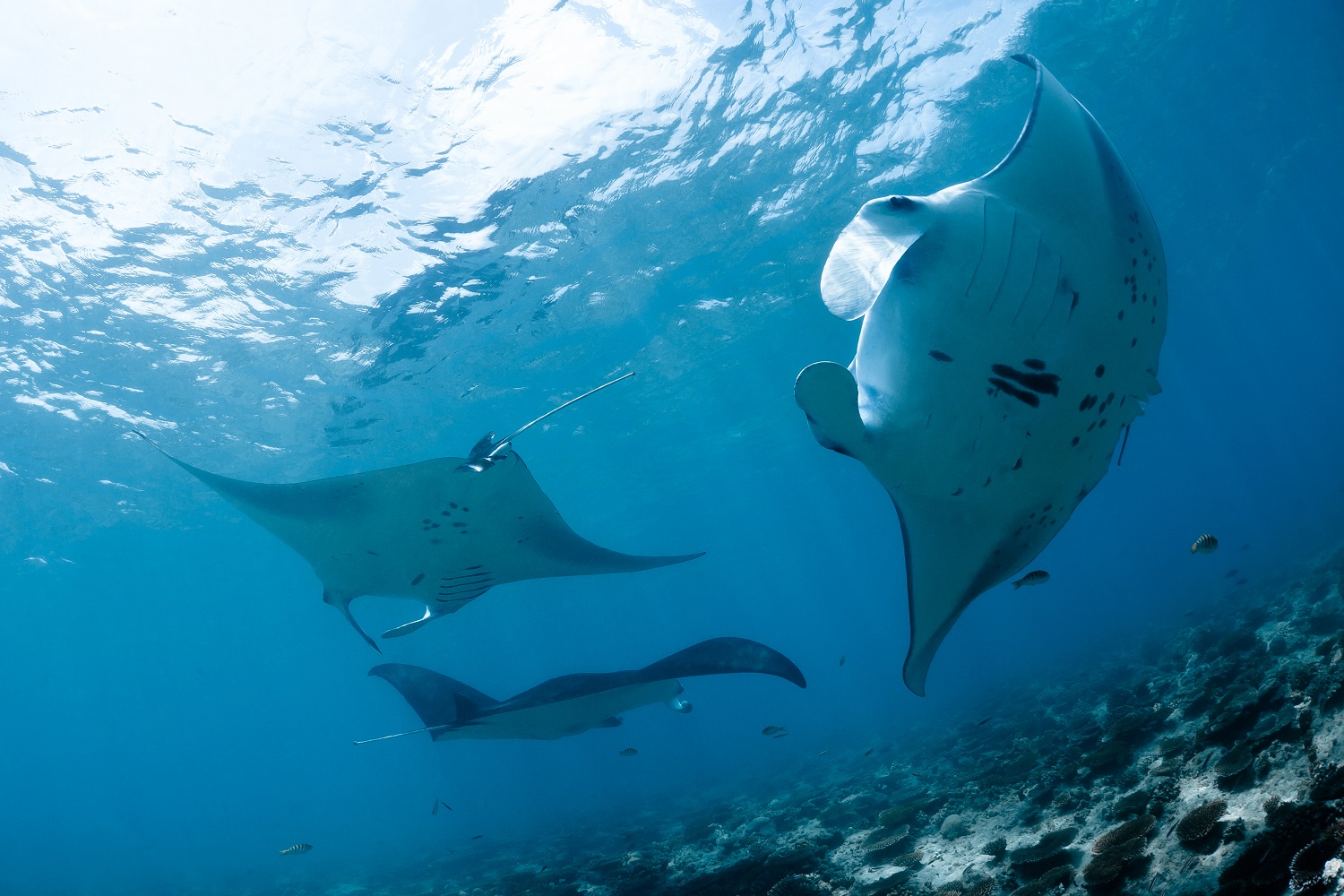
Indian Ocean
The Indian Ocean covers over 28 million square miles and it takes its name from the Indian coast that served as a reference point for many early maritime explorers. The Indian Ocean is the only ocean to be named after a country and this has been a source of political disagreement. Going back to the 1960s and the 1970s, Indonesia and Pakistan objected to the name of the Indian Ocean as a form of ruthless appropriation on the part of India. Indonesian President Sukarno wanted their Navy to call it the Indonesian Sea, while other alternatives like Afro-Asian Ocean and Eastern Ocean were suggested by a Pakistani scholar.
Read about diving in the Indian Ocean here!
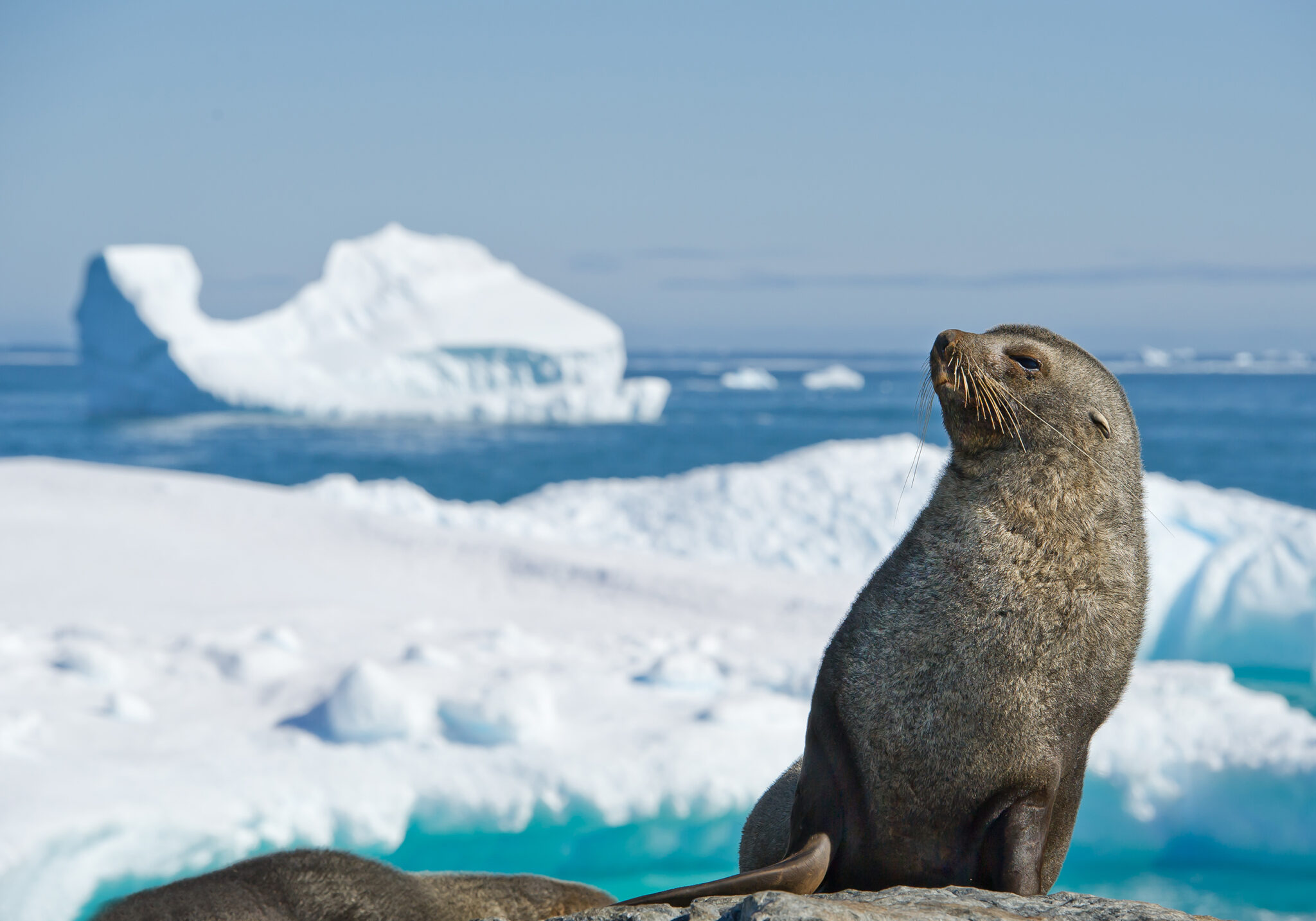
Arctic Ocean
The Arctic is the smallest of the world’s oceans and covers just 5 million square miles. The ocean gets its name from the Greek word “Arktos” meaning bear. Early Greeks identified the constellation – Ursa Major or Great Bear, as the navigational guide pointing to the North Star or Polaris.
From that period, mariners have used this information to navigate the seas concerning the North Star. The image of Atlas carrying the earth on his shoulders is symbolic and displayed in world maps in the above context.
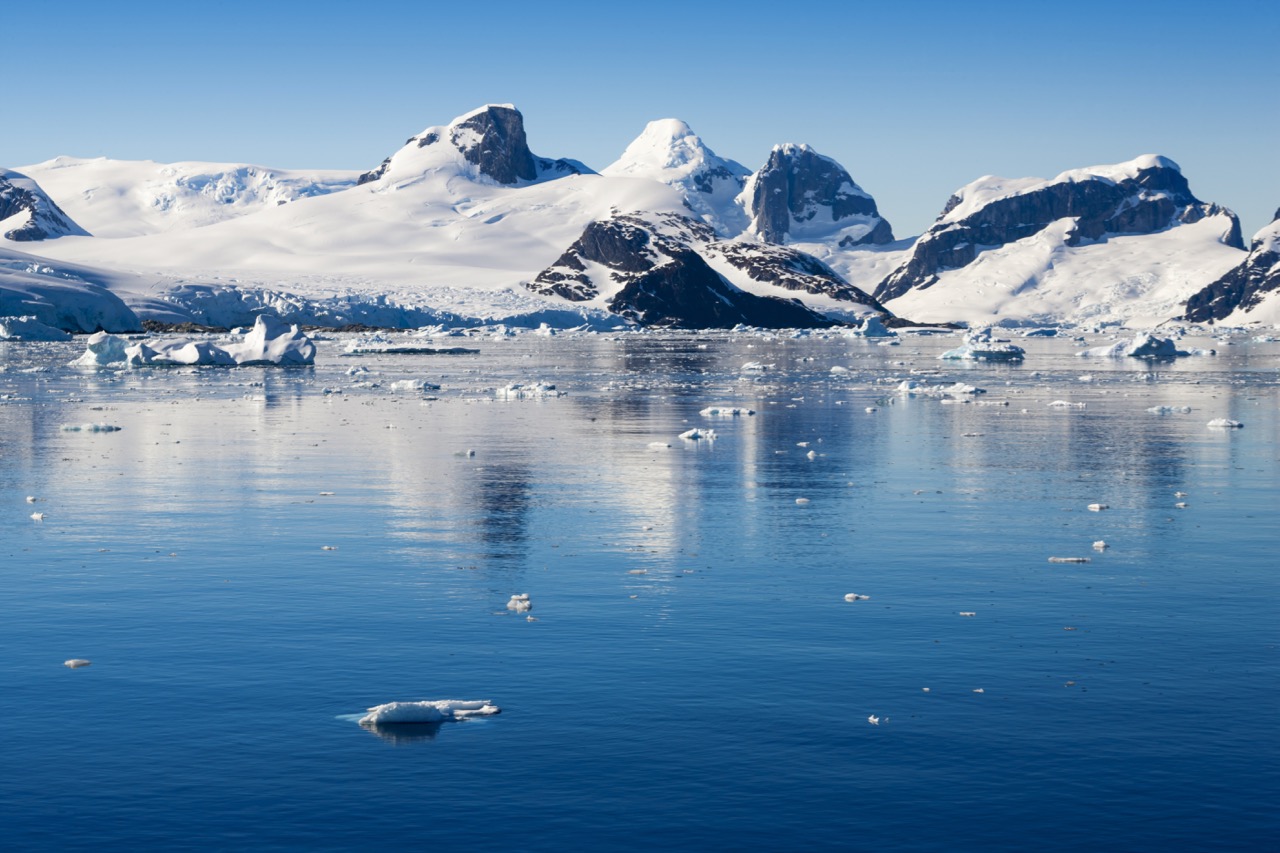
The Southern Ocean or Antarctic Ocean
This is the most recently named (declared) ocean and it covers 20.32 million square miles in the southern hemisphere. The name “Antarctic” refers to the opposite of Arctic. While the Arctic Ocean lies in the northernmost part of the Earth, the Antarctic or the Southern Ocean covers the southern part of the planet.
Take a look at this PADI Blog about 2,100 Dives in Antarctica with Rob Robbins!
Are you ready to dive into one of the world’s oceans? We certainly are! Wherever you choose to explore next, you’ll find incredible PADI dive centers, resorts, and liveaboards worldwide on PADI Travel.
